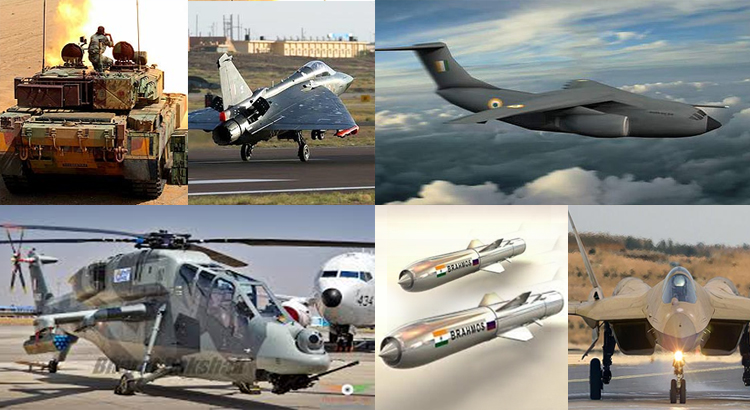
Syeda Saiqa Bukhari 30 March 2019
South Asian region is the home of instability and insecurity because of historical enmity between India and Pakistan. India and Pakistan fought three major wars and involved in limited clashes. Nuclear weapons brought strategic stability in the region but India as an aggressor states always try to initiate military offense under nuclear threshold. Pulwama incident happened on February 14, brought both the states at the brink of war. India soon after incident started blaming Pakistan for being involved in it. Indian aircraft violated Pakistan air space, which intensified the situation in South Asia region. Pakistan respond rationally and dropped down two Indian aircrafts and captured one Indian pilot, which was later released to show the world that Pakistan is a peace loving country who always wants to resolve issues through dialogue. On the one hand Pakistan wants to deescalate the tensions but on the other hand Indian leadership trying to escalate it further to achieve political goals. International community also tried to convince both states for de-escalation of tension.
In this scenario, Indian current developments such as India-Russia deal for nuclear powered submarine, induction of new anti-tank guided missile ‘Nag’ and Pinaka guided rocket system can further escalate the ongoing conflict between two states and become a challenge for existing strategic stability of South Asia.
Despite naval advancement, Indian submarine was detected and successfully thwarted by Pakistan naval force on March 4, when it tried to enter into Pakistani water. Soon after this incident, India and Russia signed a deal to give Russian nuclear powered submarine Akula-II class submarine to India on lease for ten years. This agreement shows that India is significantly improving its naval power to create hegemony on Indian Ocean Region. It is very controversial that on the one hand international community wants to resolve the ongoing crisis between India and Pakistan but at the same time they are signing defence deal with India.
Furthermore, India developed Anti-Tank Guided Missiles (ATGM) known as Nag. ATGM Nag is part of Indian Integrated Guided Missile Development Program (IGMDP). The Nag missile is third generation Anti-Tank Guided Missile \ which works on ‘fire and forget’ principle. Nag has the capability to target tank at different ranges and in different timings. Its operational rage is 500m to 4km in land version and 7 to 10km in air. Thirdly India indigenously developed Pinaka guided rocket system which has the range of 40km which will be further enhanced up to 75km till 2020. Pinaka guided rocket system will further enhanced the artillery capability to make precision hits.
Indian military and naval advancement at this time when tension is high between India and Pakistan is a challenging situation for the existing strategic stability of South Asia. India adopted offensive military doctrine in 2004 which is specifically designed for Pakistan. Pakistan in response developed TNWs which are effectively deterring India from initiation of offensive military actions. Though presently India is not in position to launch quick and surprise offense against Pakistan but these new developments can affect the existing stability of South Asian Region and further intensify the ongoing tension between India and Pakistan. In order to resolve the issues between two states, international community should play unbiased and effective role to maintain existing strategic stability in South Asia.
